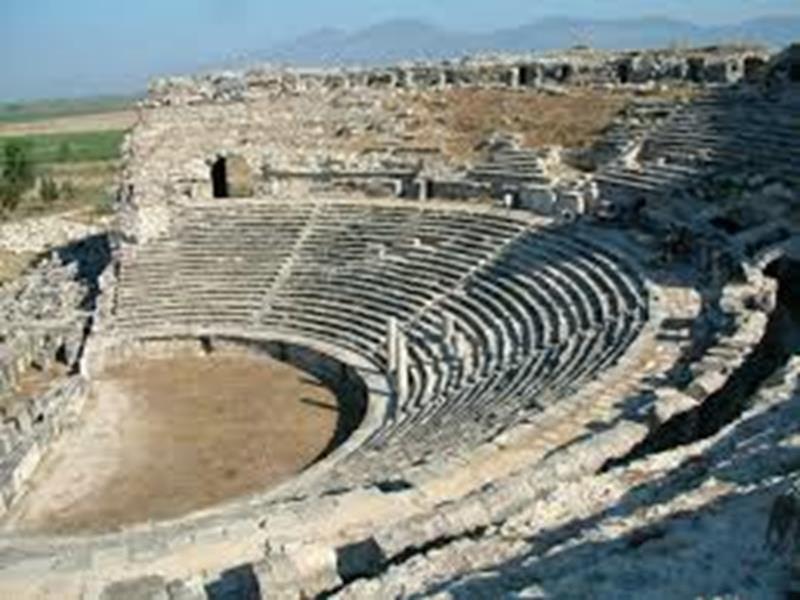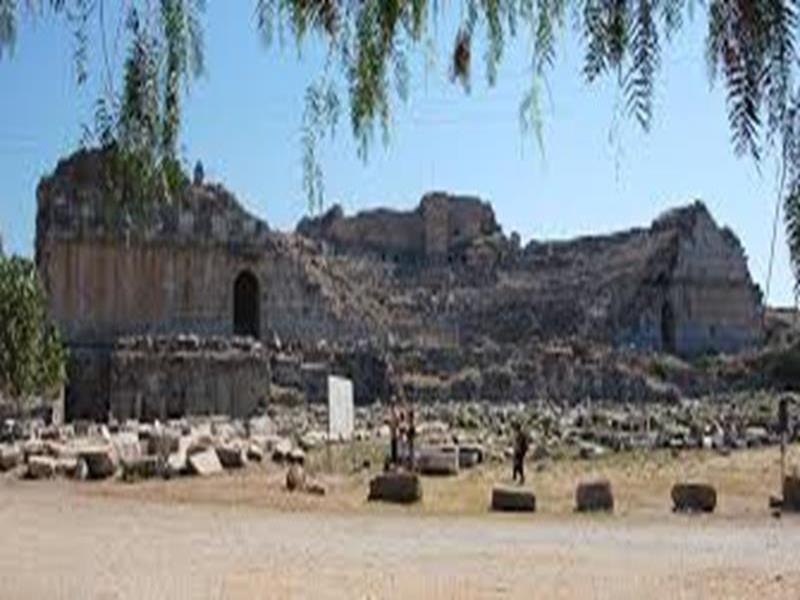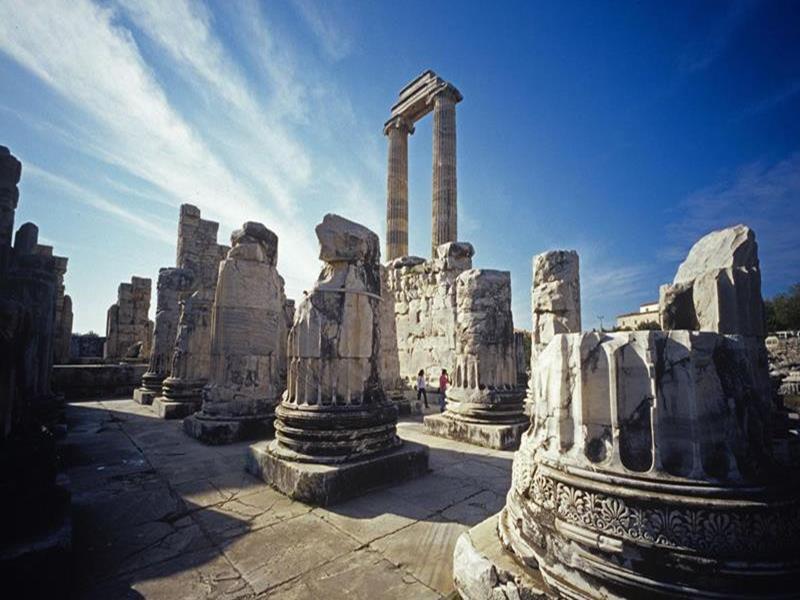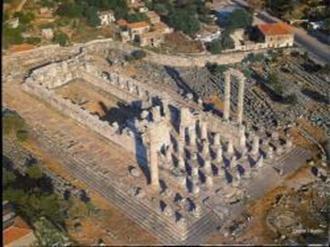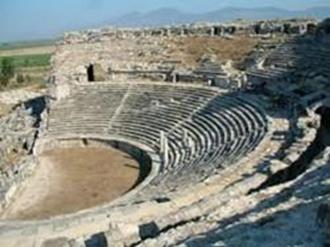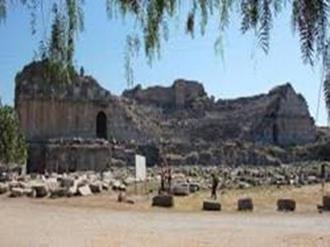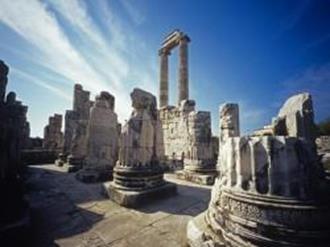Milet - priene
Priene was an ancient Greek city of Ionia, formerly on the sea coast but, after several centuries of changes in land space, is now an inland site. Priene is famous for its Hellenistic art and architecture. The ruins of the City are said to be the most spectacular surviving example of an entire ancient Greek City intact, apart from the ravages of time. See the Temple of Athena, the roman baths, the well preserved Hellenistic Theatre, the gymnasium and the Temples of Asclepius, Isis, Serapis and Anubis.
Miletos – said to be the birthplace of Hagia Sophia’s architect, Isidore of Miletus. These ancient ruins lie on a hill and the grid like layout became the basic layout for Roman Cities. Seljuk Turks conquered the city in the 14th Century and used Miletos as a port to trade with Venice. As the harbour dried up, the city was abandoned and today the ruins lie around 10 kilometres from the sea. The first excavations began in 1873. One artefact recovered, the ‘Market Gate of Miletos’ was transported piece by piece to Germany and reassembled. The main collection of artefacts resides in Miletos museum.
Didyma – Originally an ancient Greek sanctuary, Didyma means twins, referring to Apollo and Artemis and was connected to Miletus by a sacred road. The original temple was destroyed by Darius 1 of Persia in 494BC and in 313BC the Milesians began to build a new Hellenistic temple which was never completed. Modern experts believe, had the temple been completed, it would have been one of the seven wonders of the ancient world. Incomplete however, the temple is enormous and impressive and is the third largest in the ancient world.
Priene was an ancient Greek city of Ionia, formerly on the sea coast but, after several centuries of changes in land space, is now an inland site. Priene is famous for its Hellenistic art and architecture. The ruins of the City are said to be the most spectacular surviving example of an entire ancient Greek City intact, apart from the ravages of time. See the Temple of Athena, the roman baths, the well preserved Hellenistic Theatre, the gymnasium and the Temples of Asclepius, Isis, Serapis and Anubis.
Miletos – said to be the birthplace of Hagia Sophia’s architect, Isidore of Miletus. These ancient ruins lie on a hill and the grid like layout became the basic layout for Roman Cities. Seljuk Turks conquered the city in the 14th Century and used Miletos as a port to trade with Venice. As the harbour dried up, the city was abandoned and today the ruins lie around 10 kilometres from the sea. The first excavations began in 1873. One artefact recovered, the ‘Market Gate of Miletos’ was transported piece by piece to Germany and reassembled. The main collection of artefacts resides in Miletos museum.
Didyma – Originally an ancient Greek sanctuary, Didyma means twins, referring to Apollo and Artemis and was connected to Miletus by a sacred road. The original temple was destroyed by Darius 1 of Persia in 494BC and in 313BC the Milesians began to build a new Hellenistic temple which was never completed. Modern experts believe, had the temple been completed, it would have been one of the seven wonders of the ancient world. Incomplete however, the temple is enormous and impressive and is the third largest in the ancient world.

